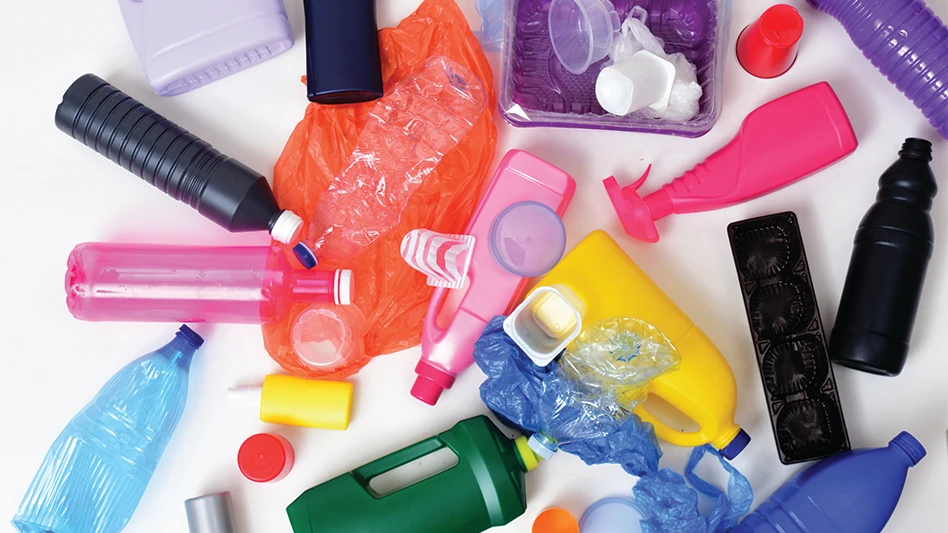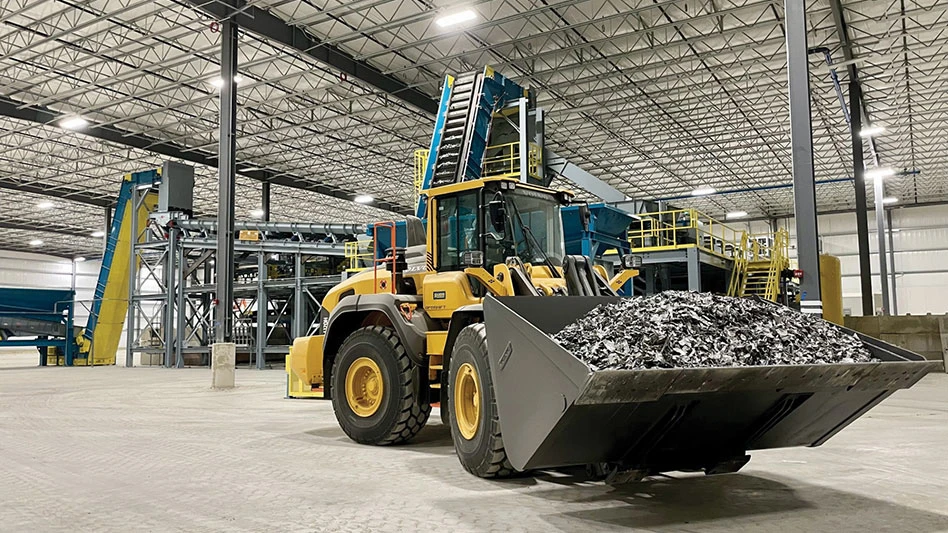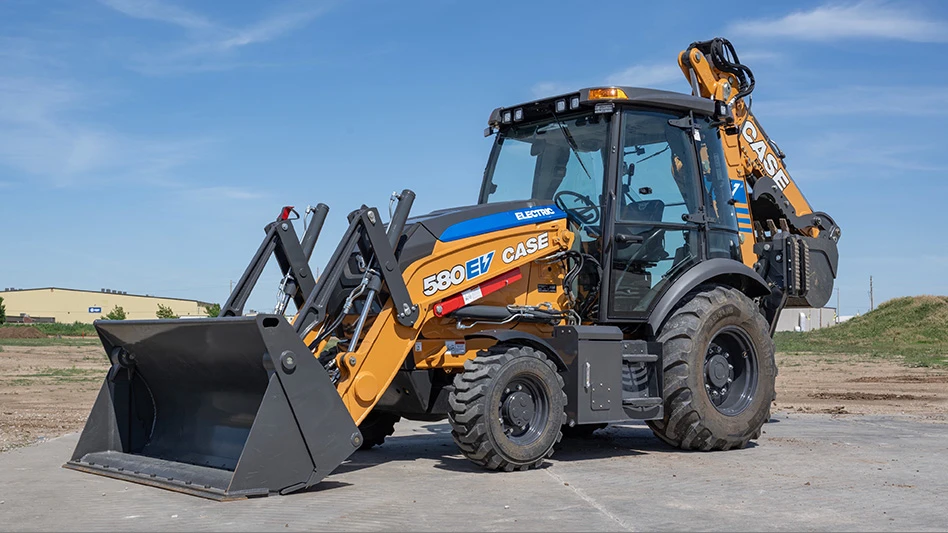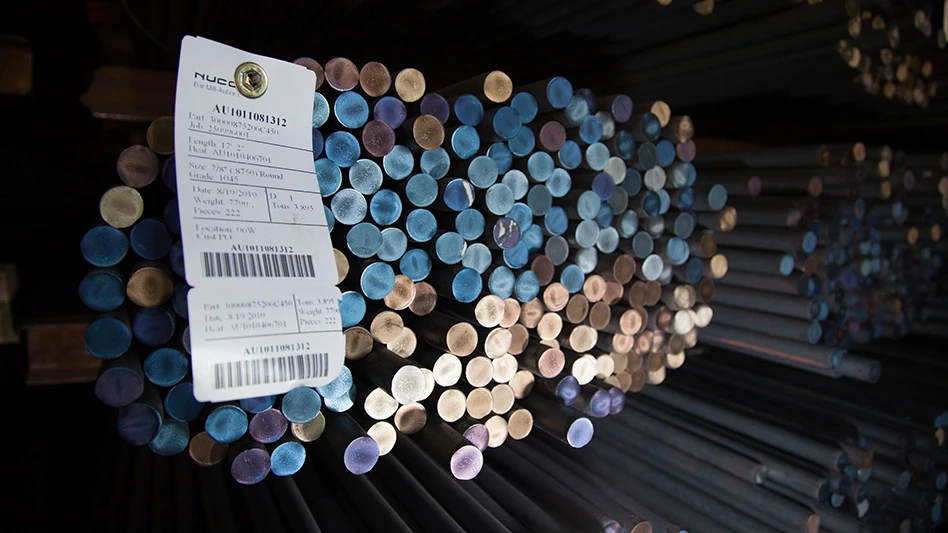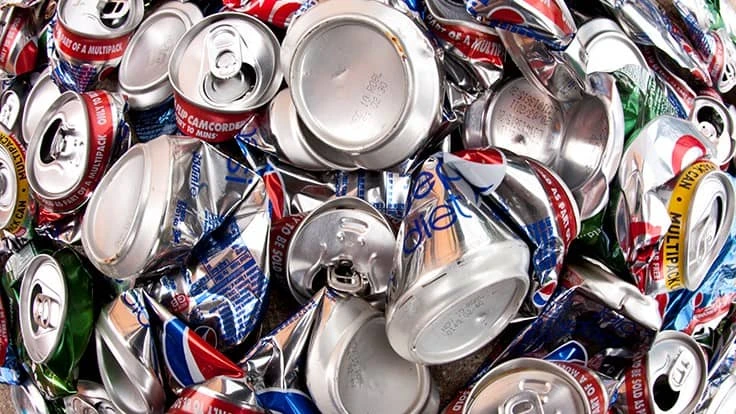
Dreamstime
New research underlines the value that aluminum used beverage cans (UBCs) bring to America’s recycling system. The study conducted by Gershman, Brickner & Bratton Inc. (GBB), McLean, Virginia, for the Washington-based Can Manufacturers Institute (CMI), “Aluminum Beverage Can: Driver of the U.S. Recycling System,” found that the relatively high value of UBCs makes them essential to the country’s network of material recovery facilities (MRFs). In fact, the report found that without the revenue from UBCs, most MRFs in the United States would not be able to operate without making significant changes that would ultimately affect the cost of recycling to consumers.
The study further shows that MRFs can generate additional revenue from UBCs with investments in aluminum can recycling equipment. According to the study, this equipment effectively and efficiently captures missorted cans and pays for itself in as short as one year. This equipment would increase MRF revenues by catching missorted, highly valuable UBCs.
CMI commissioned the study to quantify the value of UBCs, as well as to detail where UBCs are missorted at MRFs as single-stream recyclables are separated. It also highlights the opportunity for individual MRFs to drive more revenue into the recycling system by installing additional UBC-capture equipment, CMI states in a news release about the study.
“The can industry produced approximately 95 billion aluminum beverage cans in 2019 that were filled with a variety of refreshing beverages, including soft drinks, beer, teas and other thirst-quenching refreshments,” says Scott Breen, vice president of sustainability at CMI. “The aluminum can is the textbook example of the circular economy because of its high recycled content (73 percent), its leading recycling rate among all beverage containers (50 percent), the fact that metal recycles forever and the vast majority of aluminum beverage cans gets turned into new cans. The findings of this report help beverage companies and consumers understand that when they choose a can, not only are they choosing a sustainable, circular package, they are also doing their part to boost the U.S. recycling system.”
Key to the conclusion that UBCs are vital to the economic viability of the recycling system is that in nondeposit states, UBCs represent a larger portion of MRF revenue than any other single material commodity. UBCs represent 33 percent of a typical MRF’s revenue in states without container deposit laws (UBCs represent 12.5 percent of a typical MRF’s revenue in states with container deposit laws, which charge consumers a redeemable deposit at the point of sale), using 2019 recycled commodity values.
Properly sorting UBCs at MRFs can build upon the 45 billion aluminum beverage cans that annually flow through the aluminum beverage can’s existing circular system. GBB estimated that up to 25 percent of UBCs entering MRFs are missorted and do not end up in UBC bales. These missorted cans represent the potential loss of aluminum that could have been recycled forever as well as the loss of significant revenue. It is estimated that a medium to large MRF processing 50,000 tons of recyclables per year in a nondeposit law state may be losing up to 275 tons of UBCs per year (more than 18.5 million individual cans) because of improper sorting. If these cans were captured, the MRF would see an increase in gross annual revenues of $297,500 (approximately 8.3 percent) in a calendar year.
“Many MRF operators are likely unaware of the true amount of losses they are incurring from improperly sorted UBCs,” Breen says. “This report provides a compelling case for MRF operators and investors to put capital toward additional aluminum can capture equipment that will pay for itself in a short period of time. Installing more of this equipment means more revenue for the MRF, more cans captured to be recycled into new cans and a healthier overall recycling system.”
“This report unearths key insights about the amount of valuable aluminum commodities that are not currently being recovered for recycling, which highlights the need to bolster access and improve messaging to capture more aluminum throughout the United States,” says Jon Powell, vice president at Closed Loop Partners. “Further, the report underscores the critical need to invest in aluminum can capture technology at MRFs and how these upgrades can boost the overall economics of the recycling system. Closing the loop on valuable materials, like aluminum, is a critical part of building a more circular economy.”
The full report is on the sustainability section of the CMI website. A webinar focused on the findings of the “Aluminum Beverage Can Driving the U.S. Recycling System” will be July 16 at 2 p.m. ET. Along with CMI, organizations speaking include GBB, Closed Loop Partners, Eureka Recycling, Single Stream Recyclers and U.S. Department of Energy. Register in advance for this webinar here.
Latest from Recycling Today
- Indiana county awarded $65K recycling grant
- Mixed paper, OCC prices end year on downward trend
- Updated: CAA submits final draft program plan in Oregon
- Enviri names new president of Harsco Environmental business
- Survey outlines ‘monumental challenge’ of plastic packaging collection in UK
- Nippon Steel acknowledges delay in US Steel acquisition attempt
- BASF collaborates to study mechanical plastic recycling
- Commentary: navigating shipping regulations for end-of-life and damaged batteries

